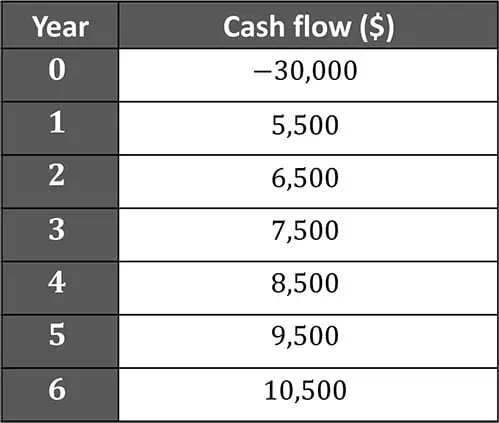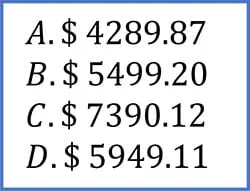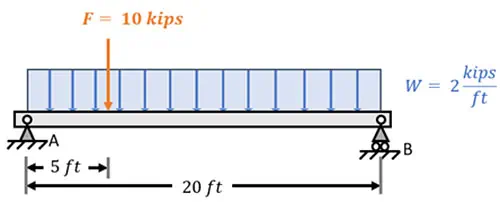In this article (and video above), I walk you through everything you need to know about completing Form 4A using a clear, five-step process. Whether you’re filling it out for the first time or helping someone else navigate the process—this is the guide you didn’t know you needed.
I am going to use New York as an example, since I am licensed there—but keep in mind that the process may vary slightly from state to state.
What is a Form 4A?
Form 4A is the Verification of Experience form. It confirms that you’ve completed the engineering work required to qualify for licensure. It must be filled out by a supervisor, preferably a licensed PE, and submitted directly to the New York State Education Department (NYSED)—not by you. You can download the latest version of Form 4A directly from the NYSED website displayed on the screen and in the description of this video.
Now let’s talk about Completing the Form…
Step One – Applicant Information
You, the applicant, complete Section I. Enter your full name, date of birth, social security number or assigned ID, and the name of the university where you earned your degree.
For Example:
- Name: John L. Doe
- Date of Birth: 01/15/1990
- SSN: 123-45-6789
- School: Rincon Polytechnic Institute
Step Two – Verification of Experience
[Read more…] about MASTERING Form 4A for the PE Exam Using a 5-Step Process




